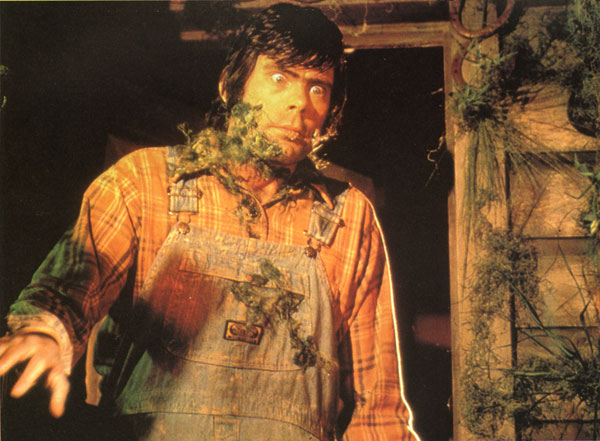I'm making a basic Pilsner for the summer. Since I finally got myself a house, and it came with an extra fridge, I decided to try a cold fermenting lager. I prepared the wort and added tap water to top it off at 5 gallons. I then set it aside at 70 degrees for a few days while I prepared the fridge and got the temperature right.
2 Days later, I go to add my yeast, and find it already fermenting. There was a mild froth, and fairly active airlock. I'm assuming a wild yeast in the tap water?
I added the yeast anyway, WLP800. I didn't bother with a starter, as it'd just give the wild yeast an even further head start while it prepared. So I'm assuming there's a yeast war in my bottle. Any chance the WLP800 will overpower and kill the wild yeast?
2 Days later, I go to add my yeast, and find it already fermenting. There was a mild froth, and fairly active airlock. I'm assuming a wild yeast in the tap water?
I added the yeast anyway, WLP800. I didn't bother with a starter, as it'd just give the wild yeast an even further head start while it prepared. So I'm assuming there's a yeast war in my bottle. Any chance the WLP800 will overpower and kill the wild yeast?



